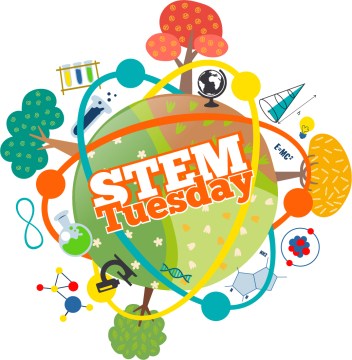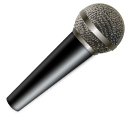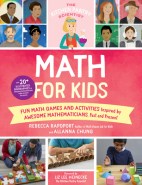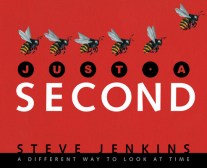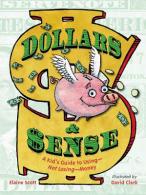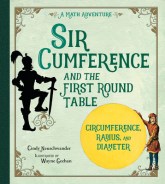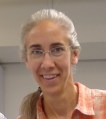In honor of Arab American Heritage month, I wanted to offer a half dozen children’s books that shed a spotlight on Arab Americans as well as an understanding of the Arab world. In particular, the books selected are geared towards elementary school children and focus on various experiences of Arab American migration as well as a celebration of the achievements of Arab women. A diversity of Arab American faiths is also represented.
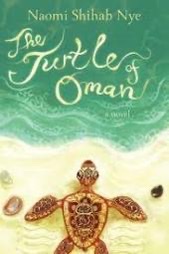
1) The Turtle of Oman by Naomi Shihab Nye
This moving middle grade novel shines a light on the struggles of moving (in this case from Oman to Ann Arbor, Michigan) and leaving behind family and friends. It is ultimately a warm tribute to the love between a boy and his grandfather. The exploration of what it means to feels like to relocate are handled with nuance and levity.
Aref’s father had checked a large blue suitcase. He’d been urging Aref to get rid of extra possessions for weeks now, so Aref wouldn’t try to pack too much. But Aref didn’t like letting go of his things.
–from The Turtle of Oman
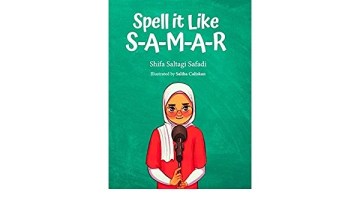 2) Spell it Like Samar by Shifa Safadi and illustrated by Saliha Caliskan
2) Spell it Like Samar by Shifa Safadi and illustrated by Saliha Caliskan
When Samar moves the United States from Syria, she confronts new challenges. While at first Samar is intimidated by Jenna, a class bully, as well as her new surroundings, she learns to stand up for herself. An uplifting story about the importance of persistence and resilience. And as a bonus, it’s by MUF member Shifa Safadi!
Samar’s face turned red. “I can’t do it, Ms. Bryan!” she said. In Syria, she had been the best student in her class. But here, it felt like she was the worst.
–from Spell it Like Samar
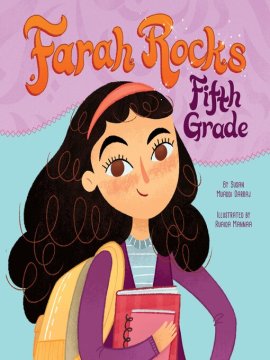 3) Farah Rocks Fifth Grade by Susan Muaddi Darraj and illustrated by Ruaida Mannaa
3) Farah Rocks Fifth Grade by Susan Muaddi Darraj and illustrated by Ruaida Mannaa
This is the first in a series of chapter books about 10 year-old Farrah Hajjar, a Palestinian American who deals with sibling relationships (her brother Samir has special needs), and stands up to bullying. The family is part of a tight knit community that goes to St. Jude’s Orthodox Church and supports Farah’s journey to attend a magnet school. Throughout the narrative, it is evident that Farah loves learning.
Even though I don’t like the word gifted, I’m thrilled about going to Magnet.
–from Farah Rocks Fifth Grade
4) Other Words for Home by Jasmine Warga
The story of Jude’s relocation from Syria to Cincinnati is poignant and relatable. The novel-in-verse, which was awarded a Newbery Honor in 2021, is accessible and beautiful. It also will challenge stereotypical ideas of Syria.
But our city does not look like Aleppo, before, or after./ It is not sprawling and noisy with buildings/pressed up against/one another/like they are crammed together in an elevator/with no room to breathe.
–from Other Words for Home
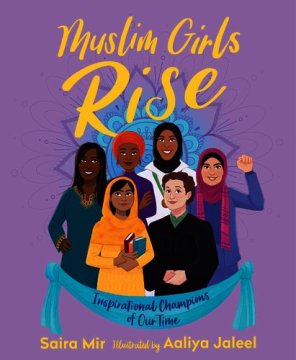 5) Muslim Girls Rise: Inspirational Champions of Our Time by Saira Mir and Aaliya Jaleel
5) Muslim Girls Rise: Inspirational Champions of Our Time by Saira Mir and Aaliya Jaleel
This compilation of 21st century Muslim women who are leaders is inspirational. Nineteen women are profiled in this upper elementary picture book, from Amani Al-Khatahbeh, the creator of the website, Muslim Gir,l to NASA’s Hiba Rahmani Kuwait to Dalia Mogahed, an advisor to President Barack Obama.
Mogahed tells girls to be: “Be bold, be fearless and be confident, because you matter”
–from Muslim Girls Rise: Inspirational Champions of Our Time
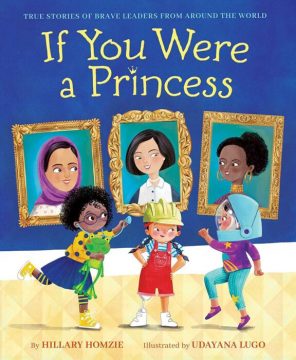 6) If You Were a Princess: True Stories of Brave Leaders Around the World by Hillary Homzie and illustrated by Udayana Lugo
6) If You Were a Princess: True Stories of Brave Leaders Around the World by Hillary Homzie and illustrated by Udayana Lugo
I’m thrilled to include my newest release, a nonfiction picture book aimed at elementary school students. If You Were a Princess: True Stories of Brave Leaders Around the World features the stories of actual princesses who have made a difference in their community. Several princesses are from the Arab world, including Princess Alia of Jordan who established a wildlife sanctuary, Princess Rema of Saudi Arabia who has trekked up Mount Everest in honor of cancer patients (who is on the cover of the book) and Princess Nisreen el-Hashemite from Iraq, an MD/PHD researcher who worked at Harvard Medical school and established the International Day of Women and Girls in Science.
After Princess Haya of Jordan’s mother died, her father presented a young horse to the princess to help her heal. This gift inspired a passion for show jumping. Princess Haya became the first Arab woman to compete in the Olympics, and then served on the International Olympic Committee
–from If You Were a Princess: True Stories of Brave Leaders Around the World
Hillary Homzie is the author of the Ellie May chapter book series (Charlesbridge, 2018), Apple Pie Promises (Sky Pony/Swirl, 2018), Pumpkin Spice Secrets (Sky Pony/Swirl, 2017), Queen of Likes (Simon & Schuster MIX 2016), The Hot List (Simon & Schuster MIX 2011) and Things Are Gonna Be Ugly (Simon & Schuster, 2009) as well as the Alien Clones From Outer Space (Simon & Schuster Aladdin 2002) chapter book series. She’s also a contributor to the Kate the Chemist middle grade series (Philomel Books/Penguin Random House). And her nonfiction picture book, If You Were a Princess: True Stories of Brave Leaders From Around the World is a look at historical and current princesses from many diverse lands who have made their mark (Simon & Schuster, August 2022). During the year, Hillary teaches at Sonoma State University. In the summer, she teaches in the graduate program in children’s literature, writing and illustration at Hollins University. She also is an instructor for the Children’s Book Academy.
She can be found at hillaryhomzie.com and on Instagram, her Facebook page as well as on Twitter
Like this:
Like Loading...
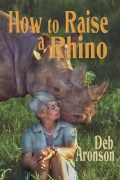
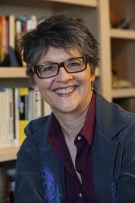
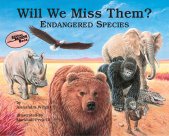 Will We Miss them?: Endangered Species (Nature’s Treasures) by Alexandra Wright and Marshall H. Peck. This is an introduction to the fascinating lives of endangered species.
Will We Miss them?: Endangered Species (Nature’s Treasures) by Alexandra Wright and Marshall H. Peck. This is an introduction to the fascinating lives of endangered species.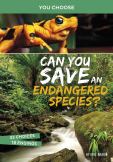 Can You Save an Endangered Species? (You Choose Books) (You Choose: Eco Expeditions) by Eric Braun. With dozens of story outcomes, it’s up to the reader to save the animals from extinction—but they have to choose to help.
Can You Save an Endangered Species? (You Choose Books) (You Choose: Eco Expeditions) by Eric Braun. With dozens of story outcomes, it’s up to the reader to save the animals from extinction—but they have to choose to help.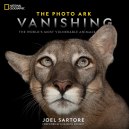


 2) Spell it Like Samar by Shifa Safadi and illustrated by Saliha Caliskan
2) Spell it Like Samar by Shifa Safadi and illustrated by Saliha Caliskan 3) Farah Rocks Fifth Grade by Susan Muaddi Darraj and illustrated by Ruaida Mannaa
3) Farah Rocks Fifth Grade by Susan Muaddi Darraj and illustrated by Ruaida Mannaa 5) Muslim Girls Rise: Inspirational Champions of Our Time by Saira Mir and Aaliya Jaleel
5) Muslim Girls Rise: Inspirational Champions of Our Time by Saira Mir and Aaliya Jaleel 6) If You Were a Princess: True Stories of Brave Leaders Around the World by Hillary Homzie and illustrated by Udayana Lugo
6) If You Were a Princess: True Stories of Brave Leaders Around the World by Hillary Homzie and illustrated by Udayana Lugo